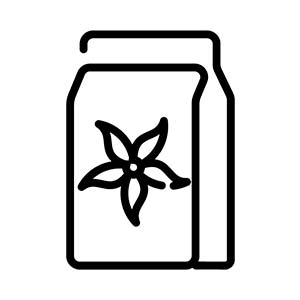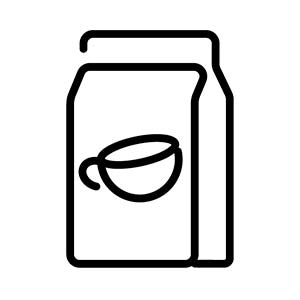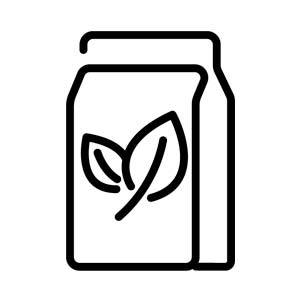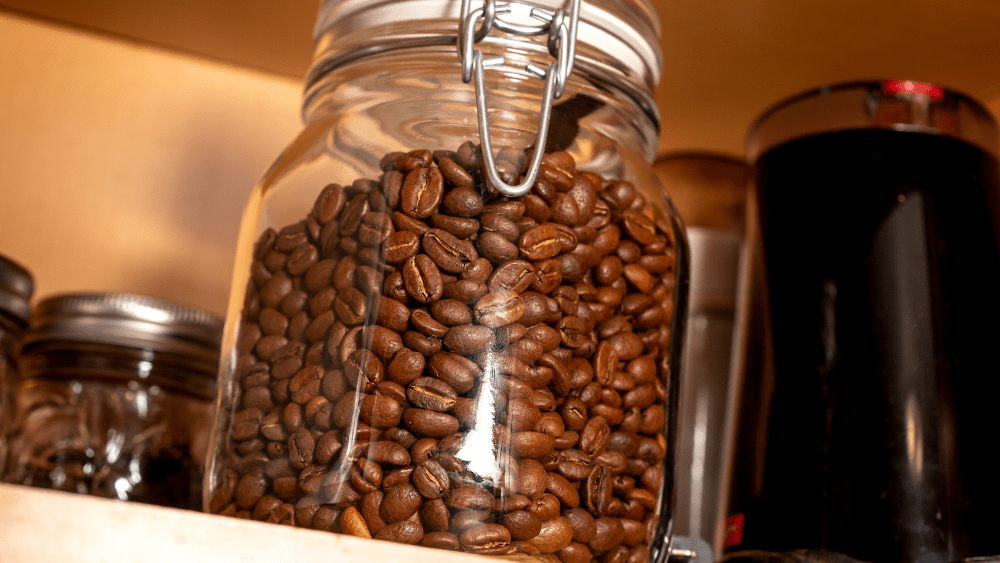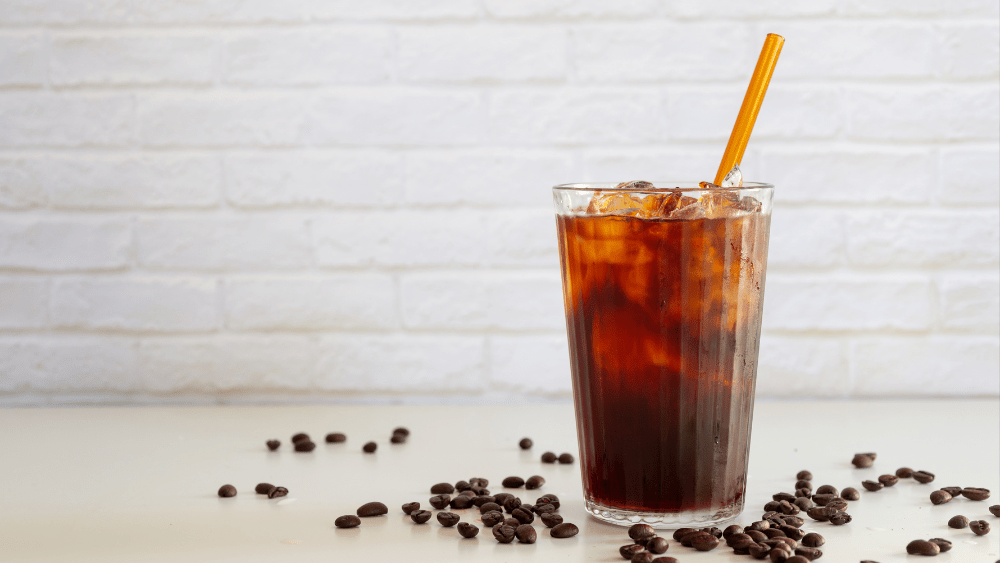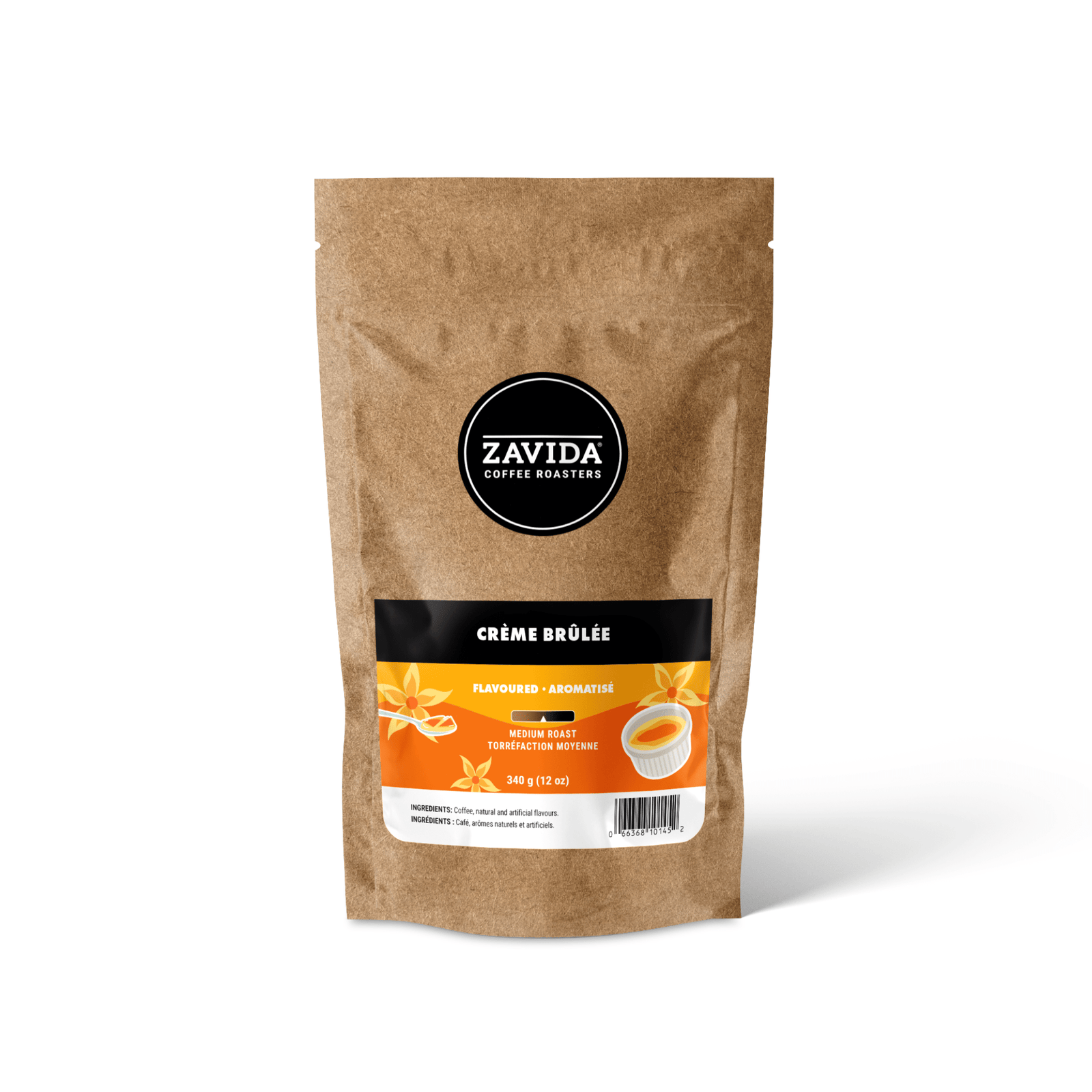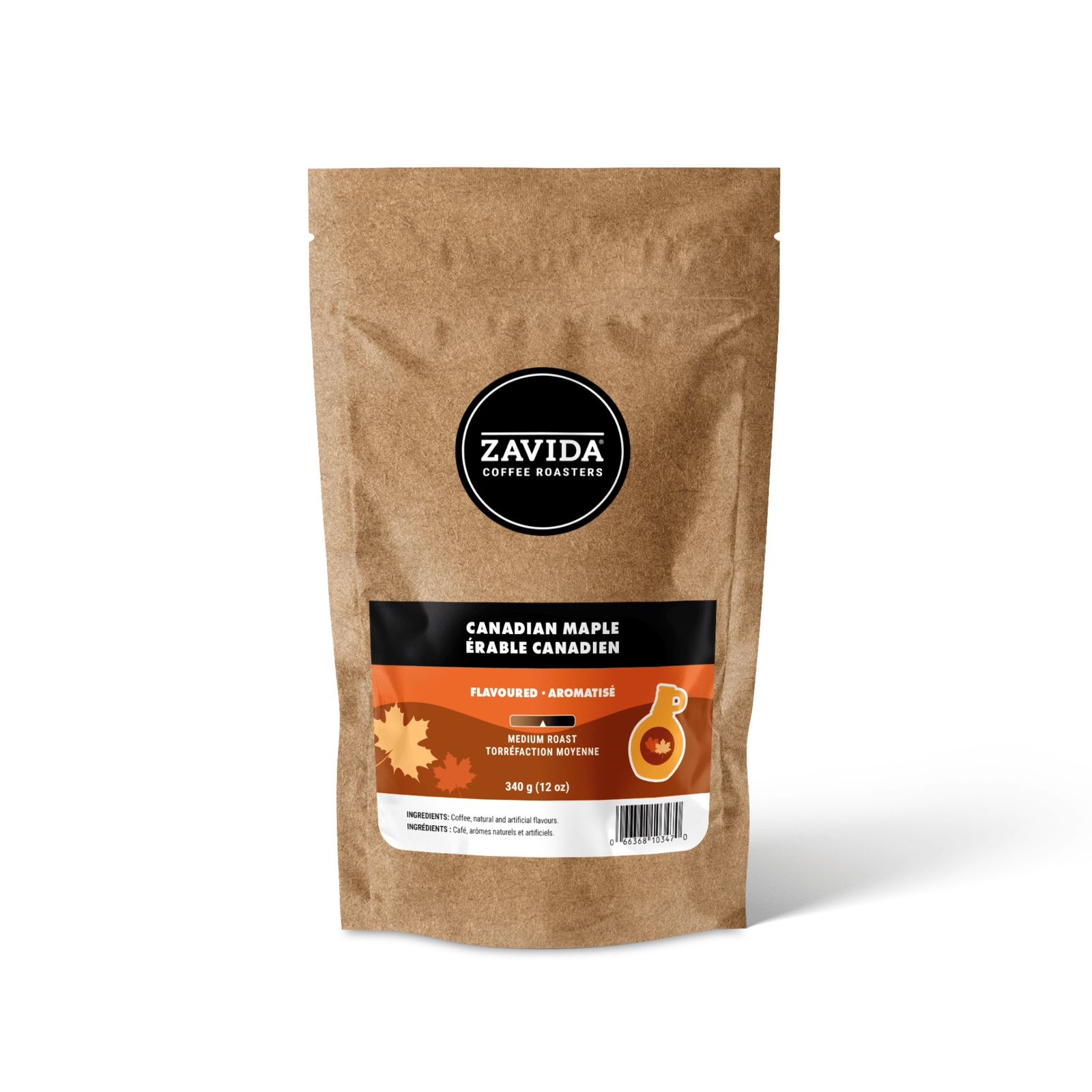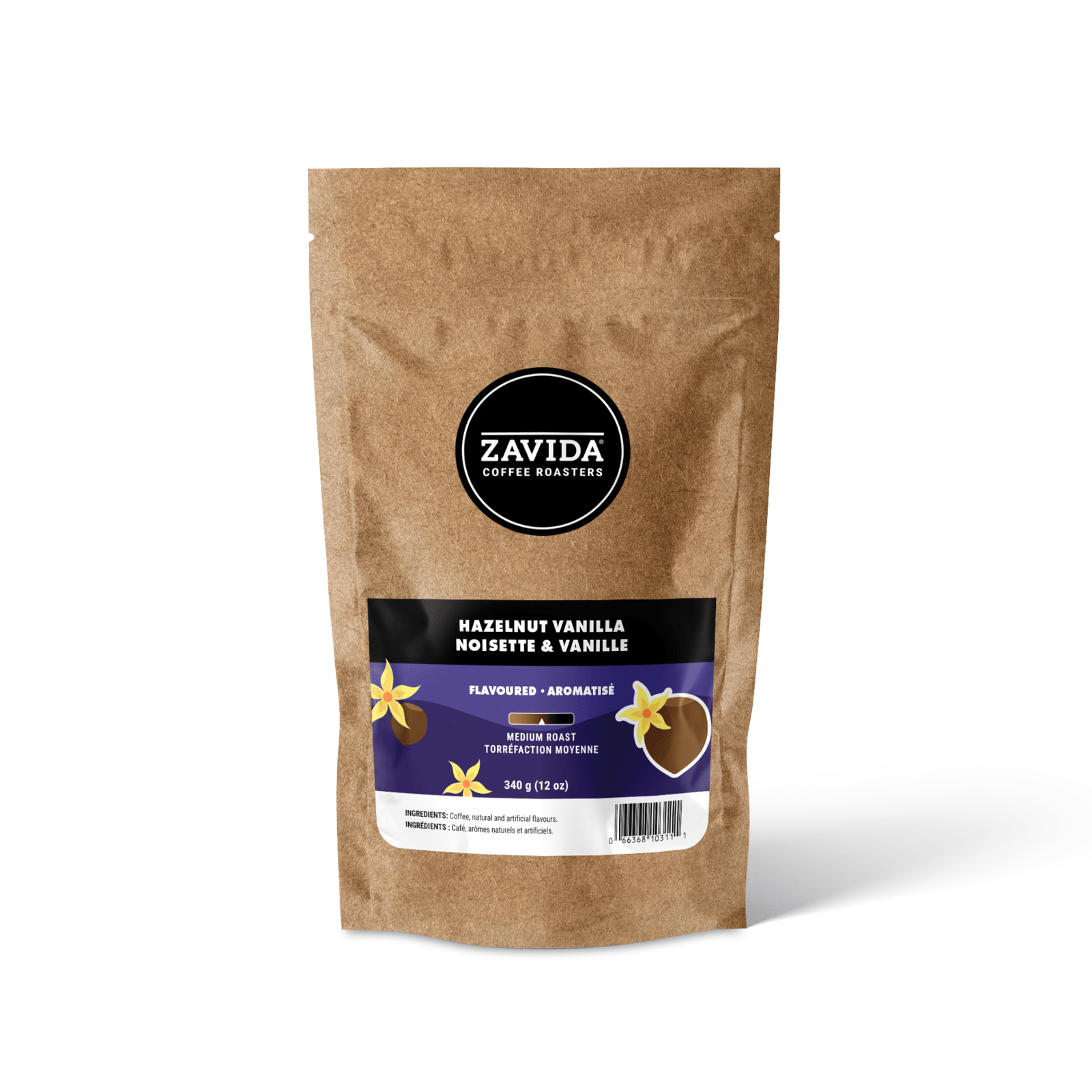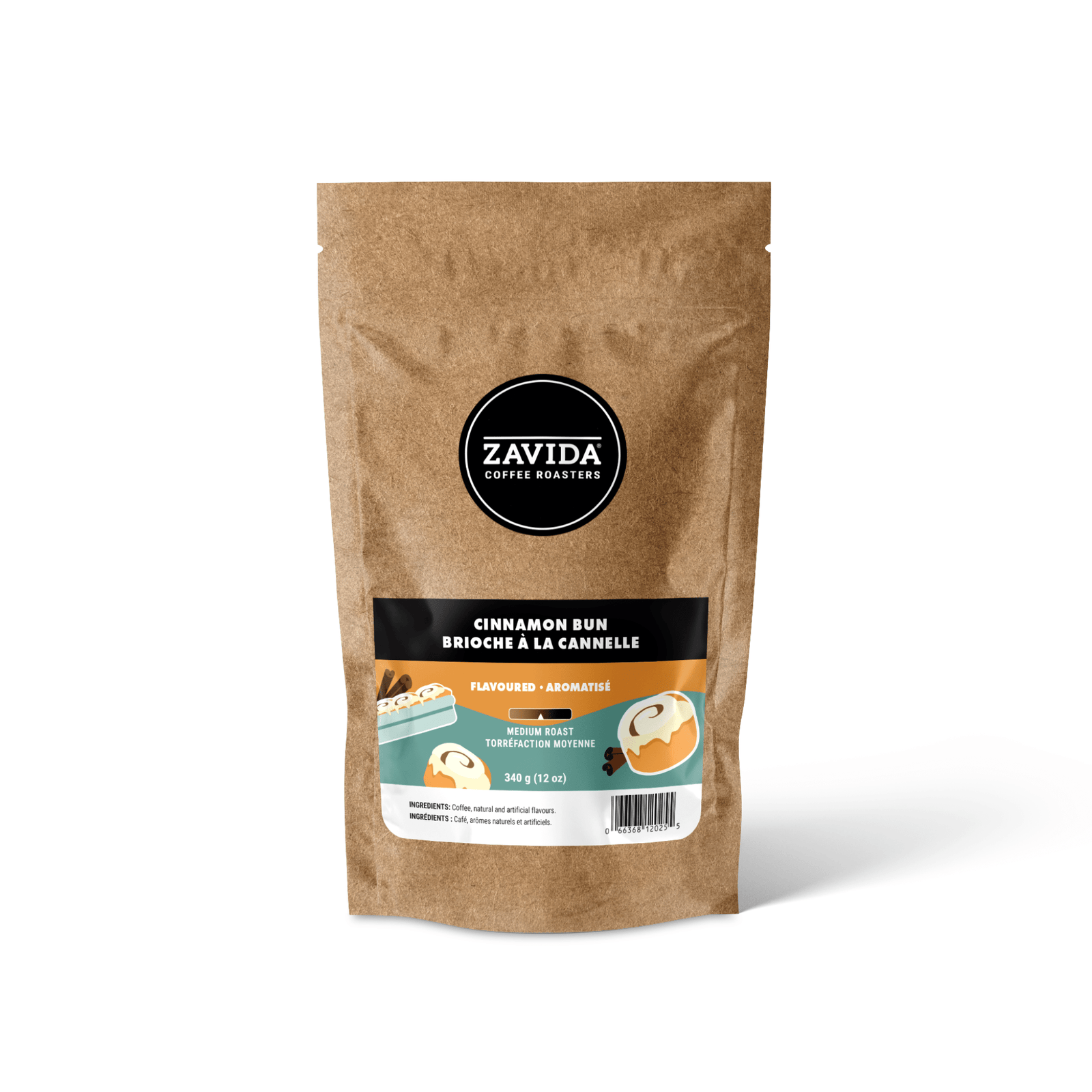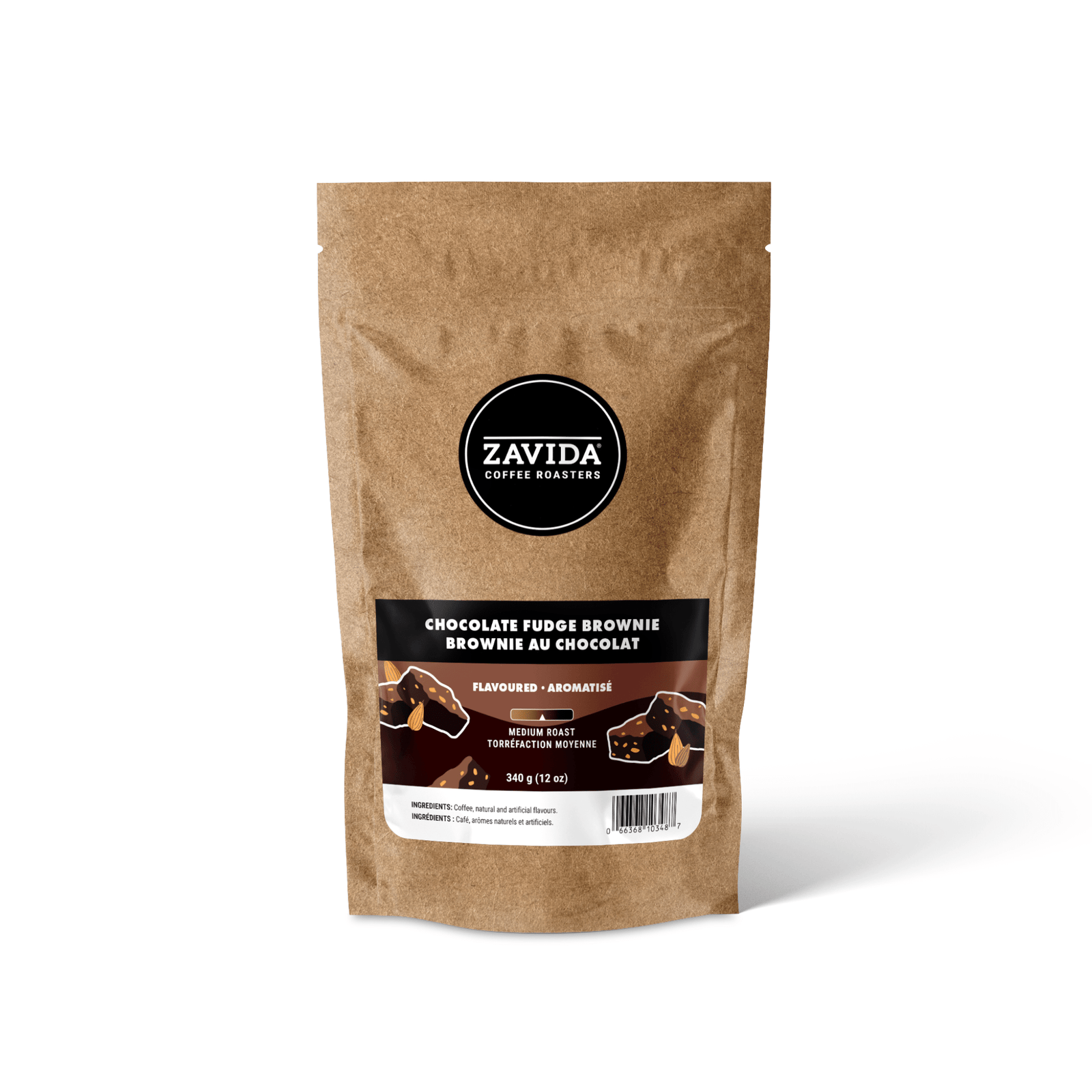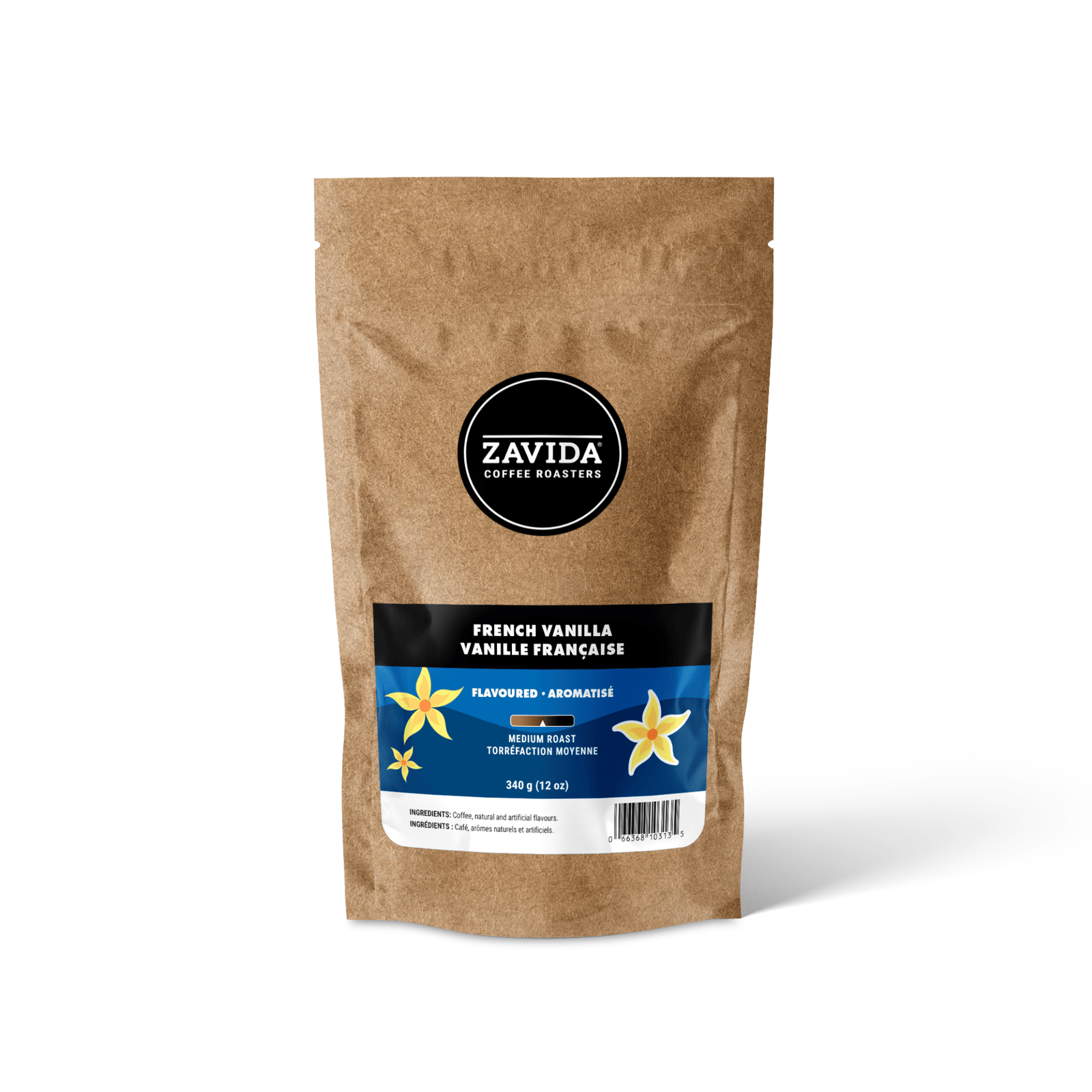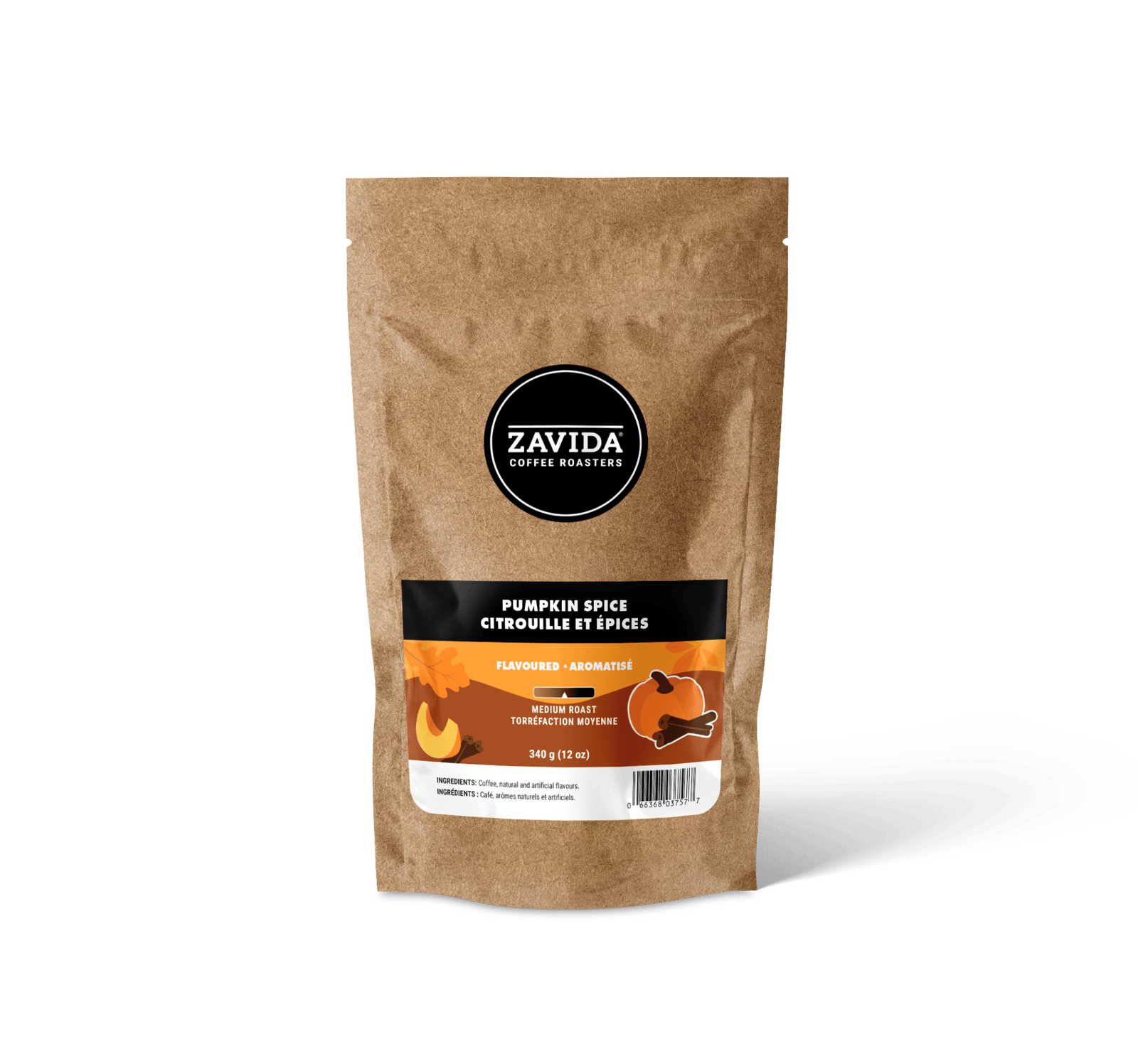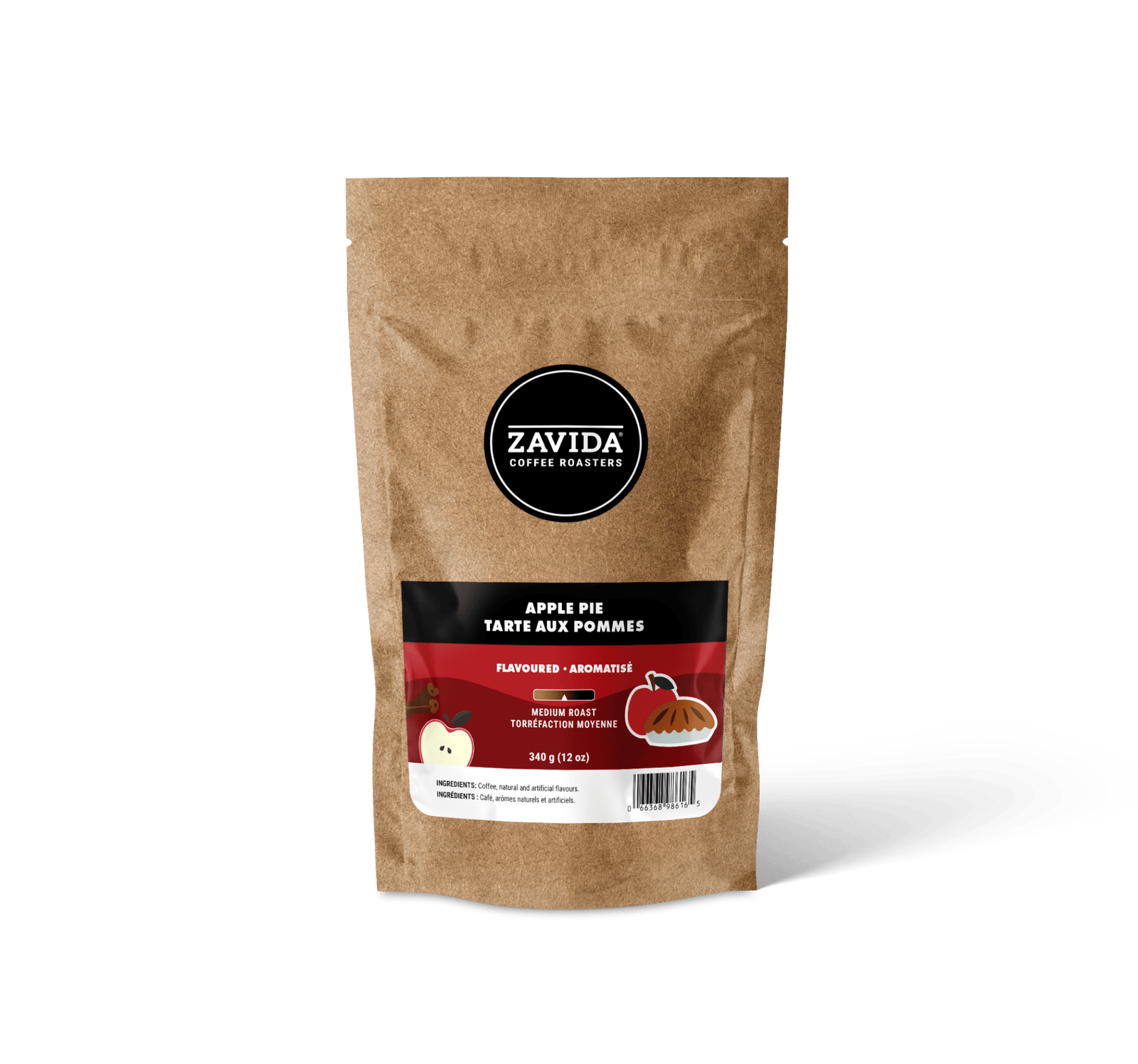
All coffee is acidic, which is why you might experience a burning sensation in your chest, or even full-blown acid reflux symptoms after enjoying a cup or two of your favourite brew. For some, this means avoiding coffee altogether, while for others it simply means dealing with the discomfort after drinking it.
Acidity in coffee isn’t all bad though: it refers to the bean’s flavour profiles and balance, and shouldn’t be avoided altogether. Luckily, you don't have to avoid coffee or deal with the uncomfortable side effects of acidity. Here are a few strategies on how you can decrease the acidity of coffee, no matter what time of day you’re partaking.
CHOOSE THE RIGHT COFFEE
The kind of coffee you buy will make a big difference in whether you experience heartburn and acid reflux. For example, coffee that is grown in higher regions tends to have higher acidity levels, so whenever possible, find out where coffee is sourced before you buy it. You can learn more about where Zavida sources our coffee here.
Darker roasts tend to be less acidic than light roasts, so bear this in mind when you’re making your coffee purchases.
You can find 6 different types of acid in coffee blends, and each one works in its way to affect your coffee’s overall flavour profile:
- Chlorogenic acid
- Citric acid
- Malic acid
- Phosphoric acid
- Acetic acid
- Quick acid

Too many of these acids and the taste of your coffee will be altered significantly. Too little of them, and your coffee won’t taste like much. If you suffer from digestive issues or acid reflux, choosing a less acidic coffee variety might help make the experience more comfortable.
Choosing dark roasts that come from lower regions is a good starting point. Caffeine levels also affect the acidity of your brew, so by choosing a darker roast you will be left with a smoother, less intense brew. The roasting time is a huge factor in determining the flavour profile of a coffee: lighter roasts tend to have more chlorogenic acids (full of antioxidants and acidity), whilst darker roasts tend to have more quinic acids.
The location of origin of your coffee also plays an important role; coffees with naturally lower acidic levels usually come from Brazil, India, Hawaii, and the Caribbean. Always check your labels before buying coffee—some also go through a process to reduce acidity, an interesting option for those more negatively affected by the acidity in coffee.
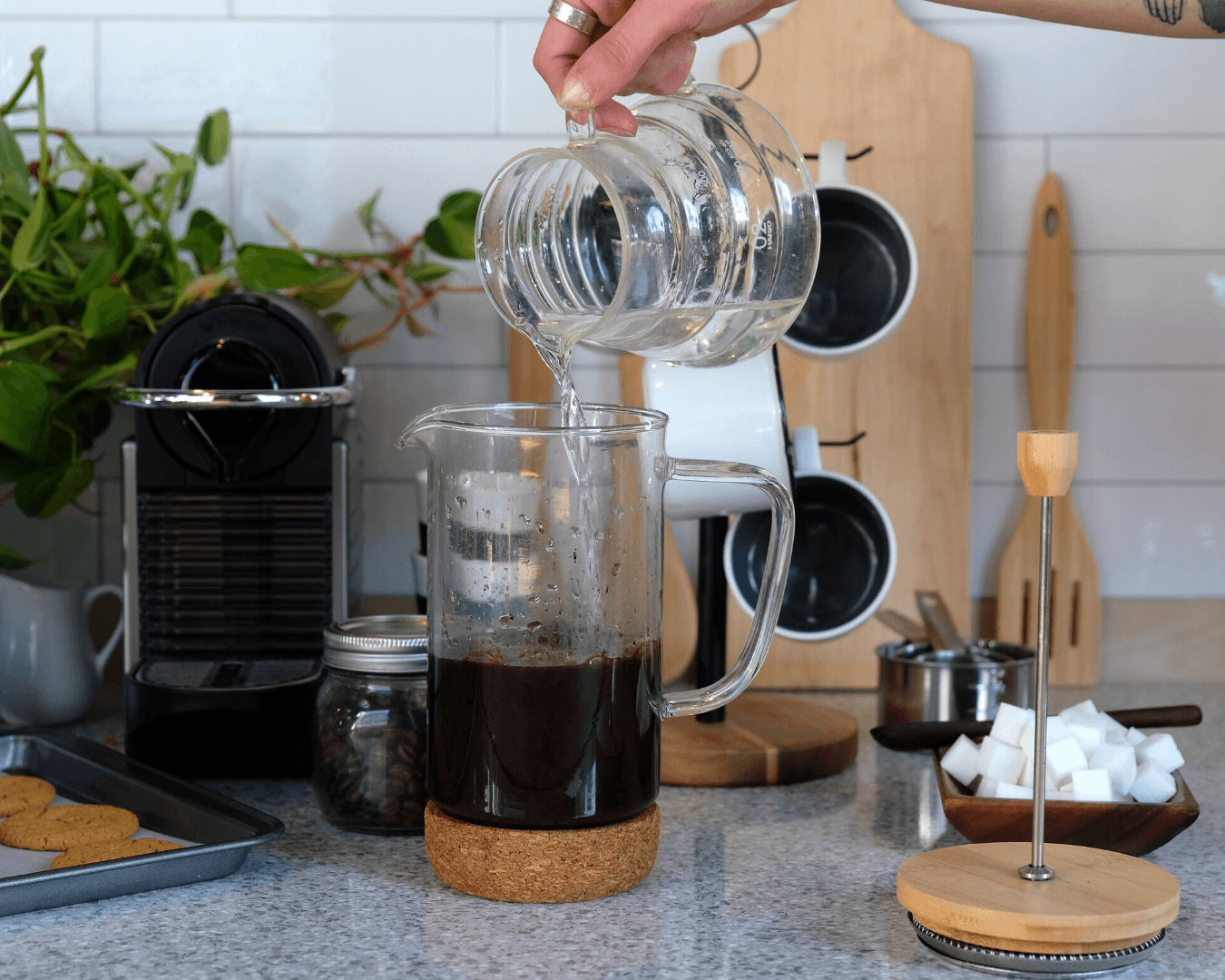
TRY MAKING COLD BREW
If hot coffee gives you heartburn, try making cold brew coffee instead! Cold brew coffee has less acidity than its hot counterpart—it is said that cold brews have up to 70% less acidity. This method of brewing is slow, so you have to make sure you prepare in advance before drinking it. To learn more about making your own cold brew, see our blog article here.
By using cold water instead of hot water, you allow the fats and oils in your grounds to break up more slowly, leaving you with a less acidic result. Hot water extracts more of these important flavour compounds with its high temperature, so cold brewing can greatly help people who experience acid reflux when they drink coffee.
ADD EGGSHELLS TO YOUR COFFEE GROUNDS
Calcium is acidity’s worst enemy, so naturally when you are attempting to make your coffee less acidic, you must consider how calcium can be added without altering the taste. Using hard water is a good option, but did you know that you could also use eggshells to make your brew smoother?
Why do eggshells work? Eggshells are full of calcium, which is alkaline—a base that neutralizes the acidic components found in your coffee. Cowboys used this technique back in the early 1800s to help coffee sediment fall to the bottom of the pot and add some minerals to their brew. This technique is also good for you—your body will naturally absorb the extra calcium, and will give you the supplements you need for the day!
If you want to try this method, all you have to do is thoroughly wash your eggshells, crush them and mix them with your coffee grounds. You won’t even know they’re there!
USE AN ACID REDUCER
Nowadays, you can find products on the market that will reduce the acid in your coffee before you drink it. These work similarly to the eggshells or baking soda method, as store-bought acid reducers are simply alkaline bases that neutralize the acidity in coffee. These products are very efficient, but are more costly than at-home remedies.
Just add the acid reducer to your cup or pot and enjoy it like you always do. If you choose to use an acid reducer, look for options made from all-natural ingredients, which won't affect the flavour of your coffee overall.
You can always just add a little milk or cream to your coffee to reduce its acid content, as milk and cream work as acidity neutralizers. If dairy isn’t your thing, adding plant-based milks to your coffee can help dilute the intensity of your cup of coffee too!
DON'T LET YOUR COFFEE SIT IN A THERMOS
Leaving your hot coffee to sit in a thermos or other insulated containers is similar to using overly hot when you brew it. The oils and fats that shape your coffee’s taste profile and acidity need heat to release, and if there is too much of that heat, your coffee will keep brewing, and keep releasing these precious components.
ADD BAKING SODA
Another favourite method used by Cowboys back in the 1800s, adding baking soda to your coffee increases the pH level of coffee, as baking soda has a pH of around 8.5.
Make sure to only add a small pinch of baking soda to your brew because you don’t want to alter the taste of your coffee. This method works best with dark blends and is also the most accessible since most people already have baking soda at home.
USE PAPER FILTERS INSTEAD OF METAL FILTERS
If you use a drip or pour-over method to brew your coffee, you may have been using reusable mesh filter baskets instead of paper filters, but did you know that using paper filters could help lessen the acidity of your coffee? Paper filters trap some of the oils and fats from coffee while it brews. These oils contain acids that will alter the taste of your brew, so by trapping them in the filter you are removing some of the components that acidify coffee. Paper filters will also trap sediment which allows for a smoother brew.

USE HARD WATER
Have you ever heard of hard water? This type of water is rich in calcium and other minerals which neutralize the acidity of coffee by overpowering the acidic components. The taste of your brew will hardly change, but it will be considerably less acidic.
The main difference between hard water and soft water is that soft water has a higher sodium content which works as an acidity booster. Therefore, using water that is enriched with minerals will help you make a smoother, less acidic cup of coffee.
BREW FOR A SHORT TIME
At high temperatures, the oils and acidic components of coffee are released and break down faster. Your method of brewing greatly affects the acidity of your coffee as well as how long the beans were roasted and what temperature they reached during that process. If you allow your beans to sit in water for a longer amount of time, you are also allowing more acidity to seep into your brew.
If you are not a fan of cold brews but still wish to try a new brewing method that would make your coffee less acidic, a happy compromise would be to use water just below a boiling point or avoid temperature extremes with your beans. Aim for a water temperature of around 195 to 205 degrees Fahrenheit and you will be left with an acidity-free cup of joe.
WANT TO LEARN MORE ABOUT COFFEE?
Our other blog articles below might be just what you're looking for.
How to Store Coffee: Pantry, Fridge, or Freezer? Your Guide to Coffee Storage
How to Make Espresso Without an Espresso Machine
WHAT ARE THE BENEFITS OF MAKING COFFEE LESS ACIDIC?
Drinking less acidic coffee can help people with stomach and digestive issues, as well as acid reflux. Using some of these tips to decrease the acidity of your morning brew might also add some important nutrients and supplements to your daily cup of joe, like the calcium you get from eggshells. The most important thing though, is that you enjoy your coffee exactly the way you like it.

